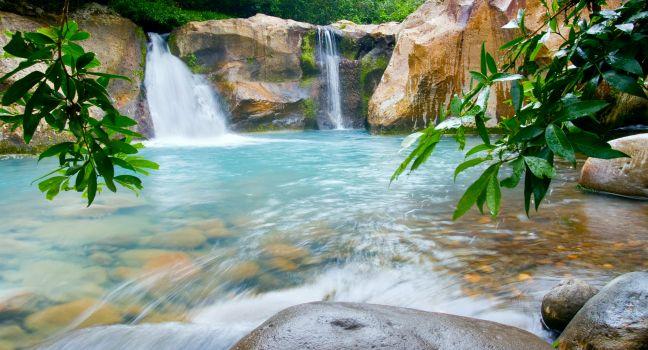Palo Verde National Park
Because this dry deciduous forest is less dense than a rain forest, it's much easier to spot the fauna along the hiking trails, including white-tailed deer, coatis, collared peccaries, and monkeys. This park's 198 square km (76 square miles) of terrain is fairly flat—the maximum elevation is 879 feet. The west boundary of the park is bordered by the Río Tempisque, where crocodiles ply the waters year-round. The park also holds Costa Rica's highest concentration of waterfowl, the most common the black-bellied whistling duck and the blue-winged teal, with close to 30,000 during dry season. Although not as common, other waterfowl spotted here are the fulvous whistling duck, the glossy ibis, the pinnated bittern, the least bittern, the snail kite, and the very rare masked duck. Other birds endemic to the northwest, which you may find in the park's dry-forest habitat, are streaked-back orioles, banded wrens, and black-headed trogons. In the wet season, the river and the park's vast seasonal wetlands host huge numbers of migratory and resident aquatic birds, including herons, wood storks, jabirus (giant storks), and elegant flamingo-like roseate spoonbills. There is a raised platform near the OTS research station, about 8 km (5 miles) past the park entrance, with a panoramic view over a marsh filled with ducks and jacanas. A narrow metal ladder leads to the top of the old tower, big enough for just two people at the top. For a good look at hundreds of waterfowl, there's also a long boardwalk jutting out over the wetlands. It's almost always hot and humid in these lowlands—March is the hottest month—so be prepared with water, a hat, and insect repellent. Hostel-type lodging in rustic dormitory facilities with bunk beds and shared bathrooms ($13), and family-style meals for overnight guests only ($7 breakfast; $9 for lunch or dinner) can be arranged through the park headquarters.




